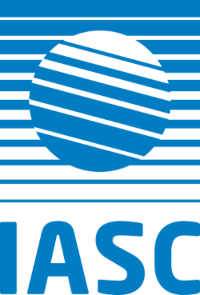A recent editorial publication in the journal Advances in Polar Science by Diogo Folhas, João Canário, and Warwick F. Vincent highlights the work of the IASC-initiated T-MOSAiC. Here is the introduction to the paper:
Atmospheric temperatures over northern regions of the world are rising at twice the global average, and one of the most conspicuous effects is the rapid and ongoing decline in summer sea ice in the Arctic Ocean. To improve understanding about the causes and consequences of this decline, the project ‘Multidisciplinary drifting Observatory for the Study of Arctic Climate’ (https://www.mosaicexpedition.org/) commenced in September 2019, under the auspices of the International Arctic Science Committee (IASC). This project is an ambitious year-round set of observations of multiple aspects of the Arctic Ocean, sea ice and atmosphere, involving five icebreakers (notably the German vessel Polarstern that was frozen into the Arctic pack ice), and 600 science personnel from more than 20 nations.
The changes in sea ice are also likely to have major effects on the geosystems, ecosystems and human systems on lands that surround the Arctic Ocean, and IASC therefore identified the need for a related project on Arctic terrestrial environments.
The project ‘Terrestrial Multidisciplinary distributed Observatories for the Study of Arctic Connections’ (https:// www.t-mosaic.com/) has been formulated as an international, circumpolar initiative cutting across all five disciplinary working groups of IASC. Its aim is to generate new insights into the changing Arctic, targeting key system-level topics such as gradients, connectivity, thresholds, extreme events, discontinuities and emergent properties, and with hypotheses and questions that extend across sites and disciplines. MOSAiC and T-MOSAiC are complementary projects, with points of intersection as shown in the diagram.
Find out more about T-MOSAiC here.
Read the full article here; read more IASC publications here.
Folhas D, Canário J, Vincent W F. T-MOSAiC—A new circumpolar collaboration. Adv Polar Sci, 2019, 30(4): 357-358, doi: 10.13679/j.advps.2019.0027
